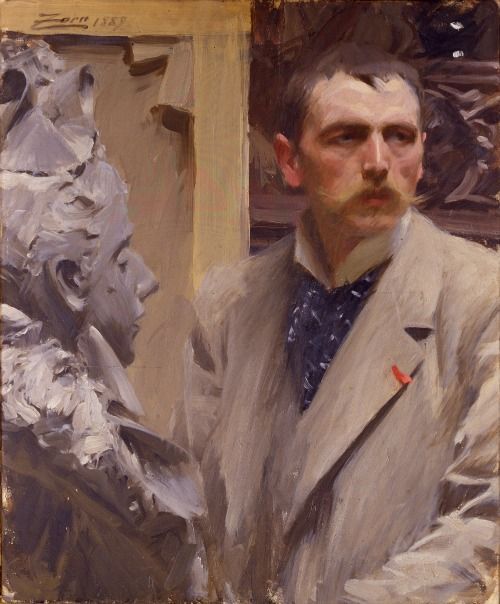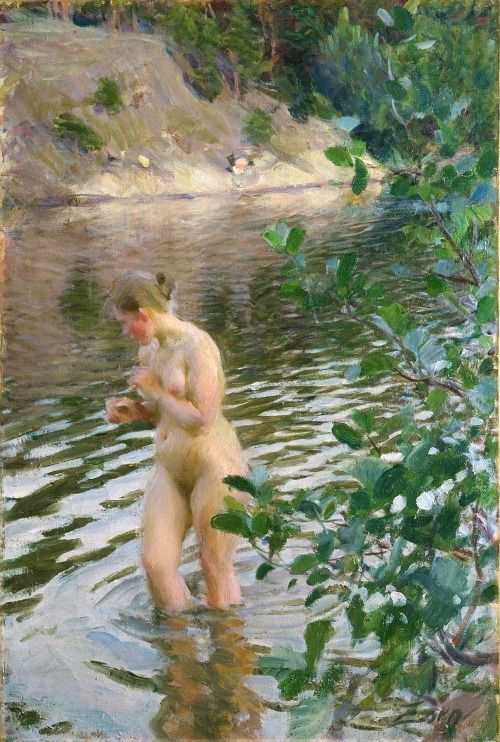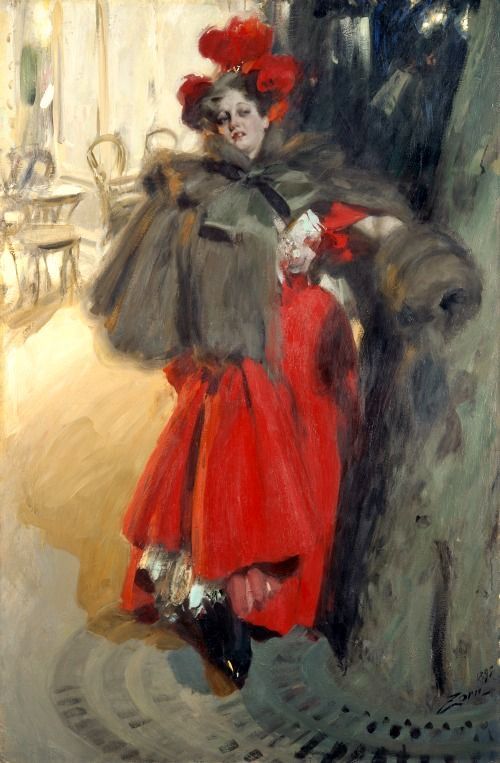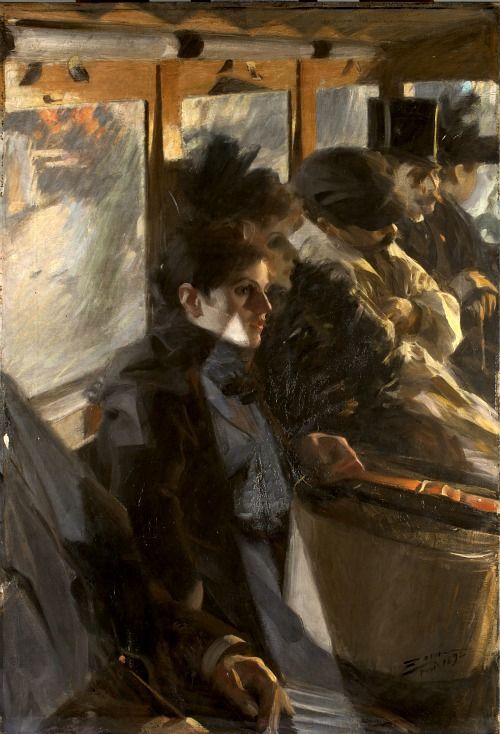This Weekend: Anders Zorn at the Gardner
There’s a new answer to the desperate late winter question of why on earth anyone would choose to live in Boston, and it’s in the newly opened Renzo Piano-designed wing of the Isabella Stewart Gardner Museum. “Anders Zorn: A European Artist Seduces America” offers an impressive collection of this gilded-age artist’s magnificent work.
While Zorn was one of the best known artists of the gilded age, he has been largely forgotten in the States. This is the first international loan exhibition of Zorn’s work in more than 25 years. Oliver Tostmann, the William and Lia Poorvu Curator of the Collection, says this is what makes the exhibition so unique. “I’m very excited to see these works together, how they enrich each other,” he said.
Raised in rural Sweden by his peasant grandparents, Zorn soared through the artistic world, quickly becoming one of the leading portrait painters in London and later a central player in the Parisian art world. “His career was like a comet,” explained Tostmann.
Because Zorn wanted to work as an independent artist, he showed his paintings at various exhibitions and catered to diverse tastes and patrons. This is one of the most striking aspects of the exhibition. Melancholy paintings depicting peasants from Zorn’s hometown of Mora are shown alongside opulent portraits of foreign nobles. His gorgeous impressionistic paintings of nude bathers ensconced in nature contrast starkly with a more unsettling image of a Parisian streetwalker.
The highlight of the exhibition is a portrait Zorn painted of Isabella Stewart Gardner (the two were friends and business partners) when he visited her in Venice in 1894. The painting captures Gardner in an intimate moment, standing in the doorway of her balcony with light shimmering off the canal behind her. Gardner was 54 at the time Zorn painted her, but she is rendered timeless in this stunning portrait.
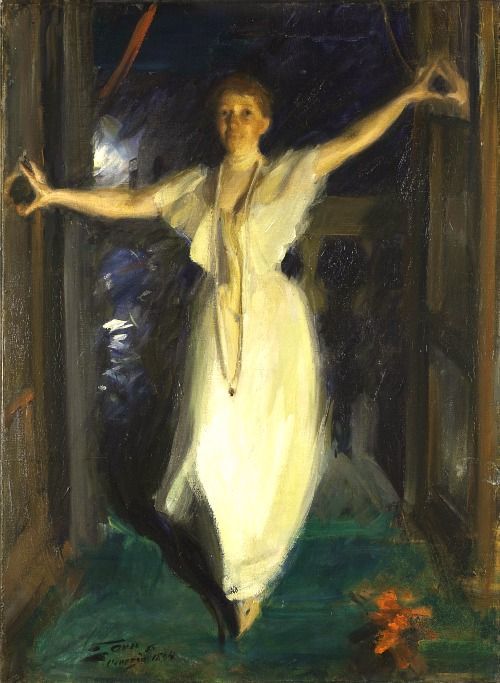
Isabella Stewart Gardner in Venice, Paris, 1892, Oil on canvas, 126 x 88 cm, Boston, Isabella Stewart Gardner Museum
Zorn used color masterfully, and his portrait of Gardner is a prime example. The dark colors behind her white dress contain shades of blue, green, purple, and red that add richness and warmth to the painting.
In his series of Omnibus paintings, Zorn gave life to the mundane act of riding a streetcar. He depicted people of different social backgrounds and subtly captured the contemplation that travel inspires.
One of the most rewarding aspects of looking at paintings is seeing up close the consistency of the paint and the trajectory the brushstrokes made across the canvas to produce the image. While some of Zorn’s work is meticulously smooth with clean edges, other paintings bask in this wonderful texture. Tostmann said Zorn would sit in front of his paintings deep in thought with his brush in hand for long periods of time before touching the brush to the canvas.
The exhibition also allows one to explore the interconnected lives of Zorn and Gardner through a look at their correspondence and gifts they exchanged, as well as the telegraph Gardner received alerting her of Zorn’s death in 1920.
“Anders Zorn: A European Artist Seduces America” is on view at the Isabella Stewart Gardner museum through May 13.
